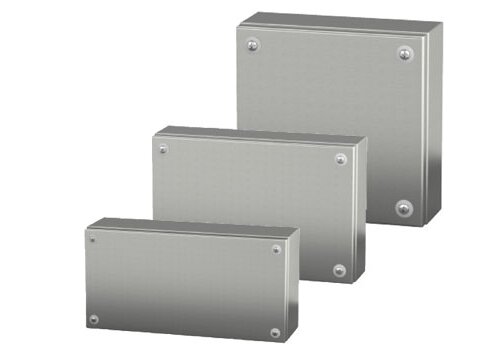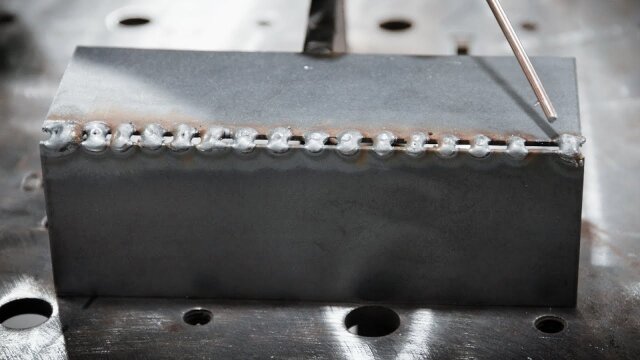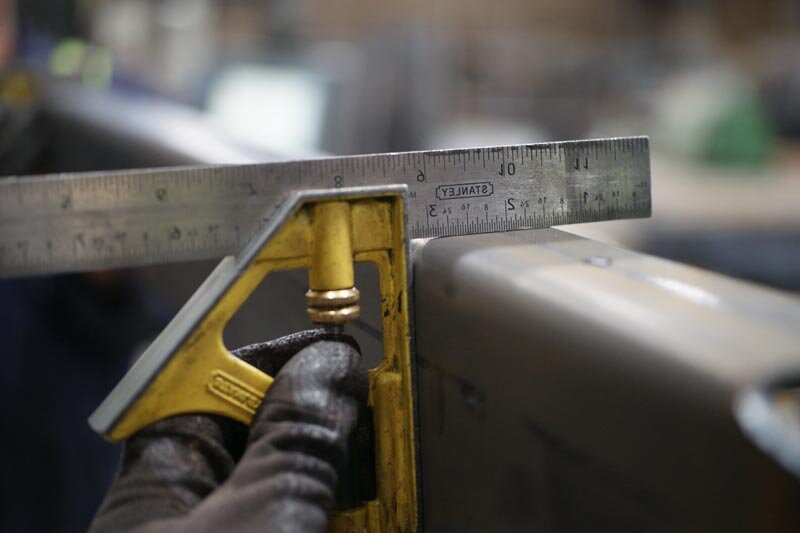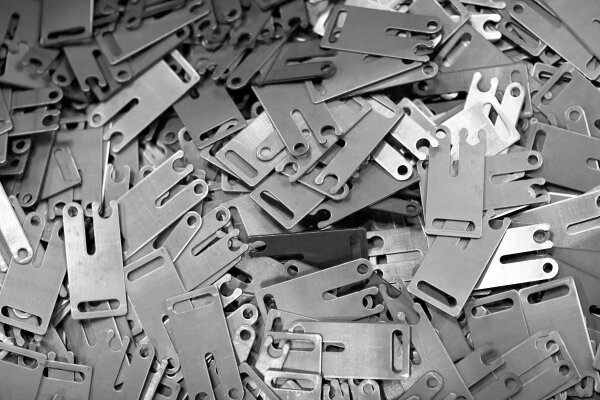Many parts require extremely flat surfaces and tight tolerances. Poor surface finishes can lead to functional issues or poor fits. This is where surface grinding comes in. Whether you’re an engineer, a buyer, or a product developer, knowing what to expect from surface grinding can help you avoid costly mistakes.
This process looks simple, but more is happening there under the surface. Let’s break it down.
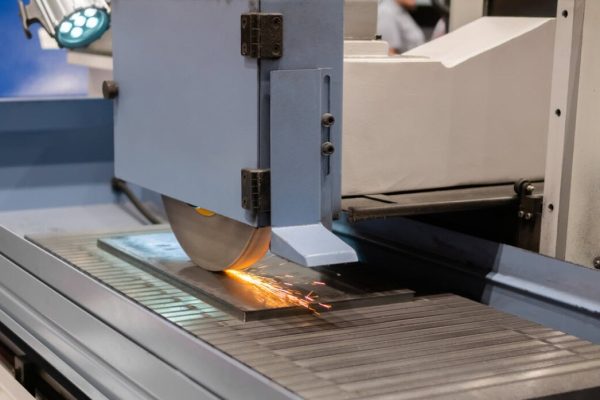
What Is Surface Grinding?
Surface grinding is a machining process that creates smooth, flat surfaces on metal parts. It uses a rotating grinding wheel to remove material in small amounts. This method gives parts better dimensional accuracy and surface finish.
It is often used in toolmaking, diework, and precision manufacturing. Surface grinders vary in size and capability, so selecting the right one depends on part size, material type, and finish needs.
How Does Surface Grinding Work?
Surface grinding removes material using a high-speed abrasive wheel. The goal is to achieve flatness, parallelism, or a specific surface finish.
The part is clamped onto a magnetic chuck or a fixed table. The wheel then moves across the surface, removing small amounts of material with each pass. The part slowly takes shape, and the finish improves.
The grinding wheel itself is made of abrasive grains, which are cut into the workpiece. Wheel selection depends on the material being ground. Some wheels are better for hard steel, while others work better on softer alloys.
This method is suitable for tight tolerances. Flatness can often reach within microns. It also improves contact surfaces and removes warping after heat treatment.
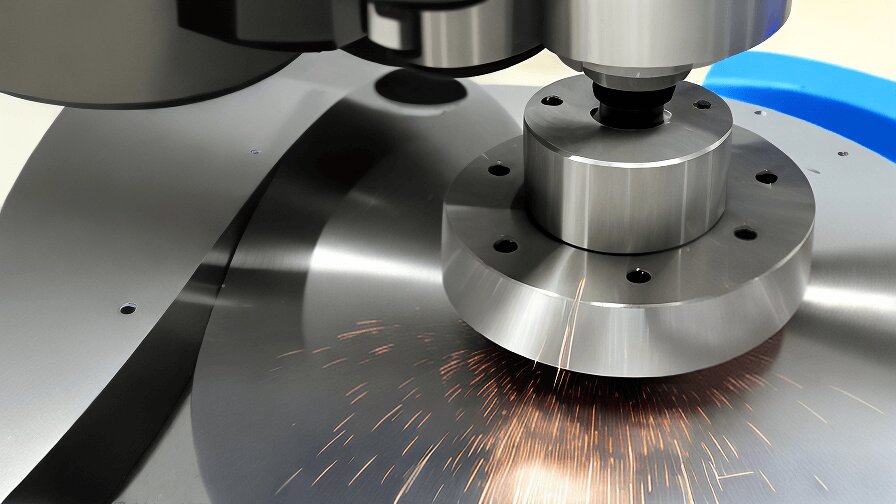
Types of Surface Grinding Machines
Different machines suit different job sizes and needs. Choosing the right one helps avoid waste and ensures good results.
Horizontal Spindle (Reciprocating Table)
This is the most common type. The table moves back and forth, and the grinding wheel turns at high speed. It works well for long, flat surfaces and is common in toolrooms and mold shops.
Vertical Spindle (Rotary Table)
Here, the part spins on a rotary table. The wheel comes down from above. This setup works well for round parts. It’s used when a uniform finish across a circular face is needed.
Single-Disc vs. Double-Disc Grinders
Single-disc grinders use one grinding wheel. They work on one surface at a time. Double-disc grinders work on both sides of a part at once. They’re used when flatness and parallelism are critical. These machines save time in high-volume jobs.
Standard Techniques Used in Surface Grinding
Surface grinding isn’t just about moving the wheel across a surface. Several techniques improve results and suit different tasks.
Dry Grinding
No coolant is used. This method saves costs but generates more heat. It can lead to warping or burning on thin parts.
Wet Grinding
Coolant reduces heat and flushes away debris. It helps preserve tool life and gives a better finish.
Creep Feed Grinding
The wheel moves slowly while removing a large amount of material. It’s suitable for rigid materials and complex shapes. It is mainly used in aerospace and heavy industries.
Precision Grinding
This is for jobs needing very tight tolerances. Common in die manufacturing and high-performance applications.
When to Use Surface Grinding?
Surface grinding fits when the part requires a tight flatness or a high-quality finish.
It is ideal for:
- Tool and die-making
- Mold bases and inserts
- Hardened steel after heat treatment
- Machine parts need the exact thickness
- Flat components used in assemblies
It helps remove surface scale, fix warping, and achieve exact surface finishes that other machines can’t.
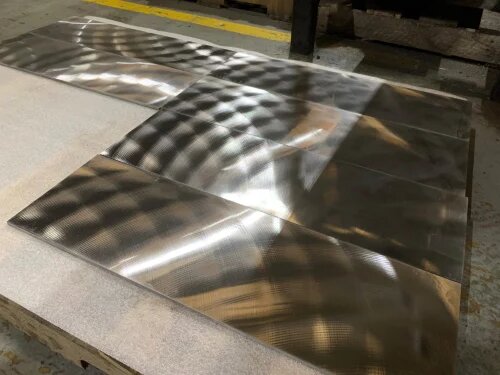
Key Materials Suitable for Surface Grinding
Surface grinding works best on materials that need high precision and tight flatness. Some materials respond better than others, and the type of material affects wheel choice, feed rate, and finish quality.
Metals Commonly Ground
Steel is the most common. Tool steel, stainless steel, and mild steel are all often ground to final size or to improve surface finish. Hardened steels benefit most from surface grinding after heat treatment.
Aluminum can also be ground, but it loads up wheels quickly—unique wheels with open structures or added lubricants help. Copper and brass are softer, requiring light pressure and softer wheels to avoid smearing.
Cast iron machines well and resist loading. It produces a fine, consistent finish. Titanium is tough and tends to heat up. To avoid burning, it needs a sharp wheel and steady coolant flow.
Ceramics and Composites
Ceramics are hard and brittle. Surface grinding works on them but requires unique wheels, usually diamond or CBN. It removes small amounts at a time to avoid cracking.
Composites like carbon fiber panels or fiber-reinforced plastics can be ground flat. Care is needed to avoid fraying the edges, but grinding them helps prepare them for bonding or sealing steps in production.
Non-Metallic Materials
Some plastics, like PTFE or PEEK, can be surface ground. The process must be slow, with light cuts. These materials melt quickly and stick to wheels. Using coolant and soft wheels helps prevent damage.
Glass-filled plastics and hard rubbers also respond to surface grinding. They’re often ground for sealing faces or to meet assembly specs.
Advantages of Surface Grinding
Surface grinding has several benefits, making it a go-to method in many shops. It delivers consistent quality, handles rigid materials, and fits nicely into production lines.
High Precision and Tight Tolerances
Surface grinding is well-known for its accuracy. It can hold flatness and thickness down to a few microns. This level of precision is hard to match with other processes.
It is beneficial after heat treatment. Grinding removes any warping or distortion caused by thermal changes and prepares parts for assemblies that need perfect alignment.
Superior Surface Finish
Grinding produces very smooth surfaces. This is useful when parts must slide, seal, or reflect light. The fine finish also helps with bonding or coating later on.
With the right wheel and setup, 16 to 8 microinches Ra finishes are standard. For high-end needs, even smoother results are possible. These surfaces don’t need extra polishing, saving time and steps.
Cost-Effective for Mass Production
Once the setup is dialed in, surface grinding is fast and repeatable. This helps reduce scrap and rework. It also speeds up inspection since parts stay within spec.
Double-disc grinders and automated systems cut down cycle times. This makes grinding a strong option in high-volume jobs, especially when parts must be flat and consistent.
Achieving Accuracy and Finish
Surface grinding is often the final step in making parts flat and smooth. It helps meet tight tolerances and gives parts a clean finish. But everything from setup to wheel selection must be correct to get there.
Controlling Flatness and Parallelism
Flatness refers to how much a surface varies from being perfectly flat, while parallelism refers to how evenly two surfaces run alongside each other. Grinding controls both by removing small amounts of material slowly and steadily.
The part is usually held in place on a magnetic chuck. Careful setup ensures the surface sits level. Grinding in multiple passes with even pressure helps avoid bending or uneven cuts. Using proper coolant and a freshly dressed wheel also keeps results consistent.
Surface Finish Measurement Standards
Surface finish is measured in microinches or micrometers. It shows how smooth a surface feels or looks. The most common unit in the U.S. is microinch (µin).
Finances between 32 µin and 8 µin Ra are used daily for surface grinding. With the proper setup, grinding can even reach 2 µin Ra.
Measuring tools include profilometers and optical systems. These check surface peaks and valleys to confirm quality.
Common Tolerances Achievable
Surface grinders can hit tight tolerances, even on rigid materials. Flatness and parallelism of 0.001 inch (0.025 mm) are often standard. With high-end equipment and skilled setup, tolerances down to 0.0002 inch (0.005 mm) are possible.
Thickness variation can also be controlled, especially with double-disc machines. This level of control is a must for many precision parts.
Surface Grinding Applications
Surface grinding is used in many industries. It is used anywhere flatness, tight size control, and fine finishes are needed. The process helps improve part performance and assembly accuracy.
Tool and Die Making
Precision is critical in tool and die work. Dies, punches, and molds must be flat and square. Surface grinding ensures tight tolerances for parting lines, inserts, and shutoffs.
Aerospace Components
Aerospace parts often use hardened metals and must meet strict standards. Surface grinding finishes parts like turbine blades, landing gear, and control surfaces.
Automotive and Engine Parts
Many engine parts need flat surfaces to seal correctly. Grinding benefits cylinder heads, valve plates, and transmission housings.
Electronics and Semiconductor
This field uses surface grinding to finish ceramic insulators, silicon wafers, and heat sinks. These parts need a smooth surface to work well with sensitive electronics.
Conclusion
Surface grinding is a precise and reliable process for making parts flat, smooth, and accurate. It works on various materials, from hardened steel to ceramics. The right machine and setup deliver tight tolerances and clean finishes.
Do you need tight tolerances and smooth surfaces for your next project? Send us your drawings or RFQs today. Our team is ready to support your custom part needs with fast and reliable grinding solutions.
Hey, I'm Kevin Lee

For the past 10 years, I’ve been immersed in various forms of sheet metal fabrication, sharing cool insights here from my experiences across diverse workshops.
Get in touch

Kevin Lee
I have over ten years of professional experience in sheet metal fabrication, specializing in laser cutting, bending, welding, and surface treatment techniques. As the Technical Director at Shengen, I am committed to solving complex manufacturing challenges and driving innovation and quality in each project.

